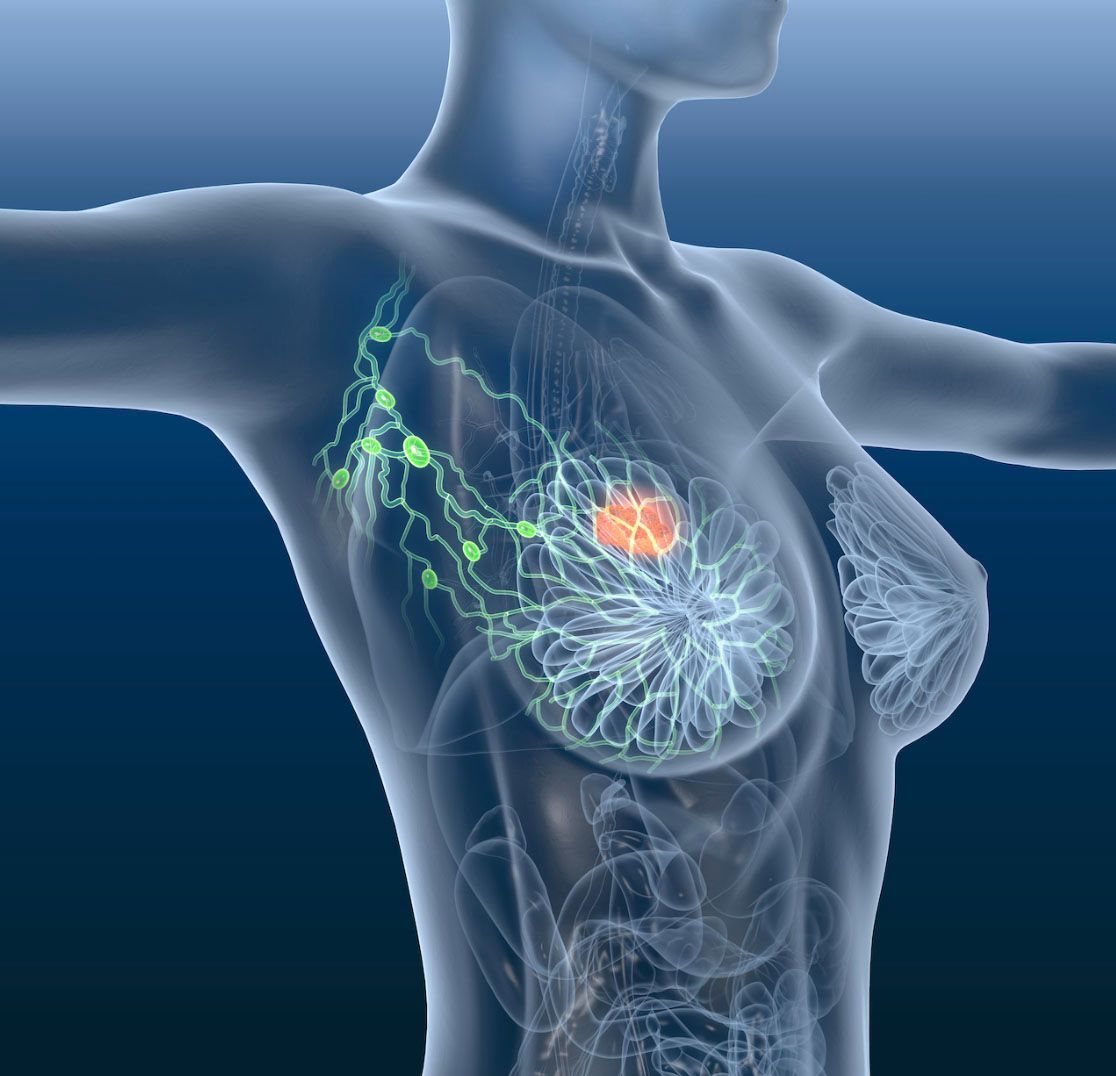Adjuvant Giredestrant Goes Up Against Third-Generation Endocrine Therapies in ER+/HER2- Early Breast Cancer
Adjuvant giredestrant is being evaluated in comparison with other endocrine therapies for the treatment of ER-positive, HER2-negative, early breast cancer.

As adjuvant treatment, the endocrine therapy giredestrant (GDC-9545) is being investigated against physician’s choice of endocrine therapy for the treatment of patients with estrogen-receptor (ER)-positive, HER2-negative, early breast cancer, and the first patient has been enrolled in the phase 3 LidERA Breast Cancer (TRIO045) study, according to a press release issued by Translational Research in Oncology (TRIO).1
“The initiation of the pivotal LidERA trial represents a landmark step in bringing forward a novel endocrine therapy option for patients with early-stage breast cancer,” stated Dr. Bardia, LidERA study co-chair, member of TRIO’s Scientific Committee and director, Breast Cancer Research Program at Massachusetts General Hospital, Harvard Medical School. “Being a potent oral agent with excellent safety profile, giredestrant may enable better disease control as well as lower toxicity, thus maximizing the therapeutic benefit and compliance for patients with breast cancer.”
In ER-positive, metastatic breast cancer, there is preclinical data suggesting that giredestrant can induce tumor regression and has a tolerable safety profile. The agent was tested in in vitro and in vivo models alone and in combination with a CDK4/6 inhibitor.2 Now, the phase 3 study will further explore the efficacy and safety giredestrant.2
The LidERA study (NCT04961996) aims to enroll 4,100 patients who will receive either giredestrant 30 mg given orally once daily on days 1 through 28 of each 28-day cycle or physician’s choice of the third-generation aromatase inhibitors letrozole, anastrozole, or exemestane with a LHRH agonist. Treatment in the study continue for 5 years or until disease recurrence or unacceptable toxicity.1
Invasive disease-free survival (DFS) is the primary end point of the study, and the secondary end points include overall survival, iDFS, DFS, distant recurrence-free survival, locoregional recurrence free-survival, and multiple quality of life end points.
To be eligible for inclusion in the study, patients are required to have a documented ER-positive and HER2-negative breast tumor, an ECOG performance status of 0-2, and adequate organ function. All patients are required to have undergone definitive surgery of the primary breast tumors prior to being enrolled in the study.
Seven locations across California, Kansas, Montana, and Nevada are currently recruiting patients for the LidERA study. Outside of the United States, patients are also being recruited at the Adelaide Cancer Centre in Australia. Trio plans to expand the study to 20 countries.
References:
1. TRIO enrolls first patient in global phase 3 giredestrant early breast cancer trial. News release. August 31, 2021. Accessed September 1, 2021. https://bit.ly/3zBaU4Q
2. Liang J, Zbeig JR, Blake RA, et al. GDC-9545 (giredestrant): A potent and orally bioavailable selective estrogen receptor antagonist and degrader with an exceptional preclinical profile for ER+ breast cancer. J. Med. Chem. 2021; 64(16):11841-11856. doi: 10.1021/acs.jmedchem.1c00847
Batalini Explores Role of UGT1A1 in Patients Treated With Sacituzumab Govitecan for HR+ MBC
April 22nd 2024During a Community Case Forum live event in partnership with The Arizona Clinical Oncology Society, Felipe Batalini, MD, discussed the TROPiCS-02 trial of sacituzumab govitecan and the impact of the UGT1A1 status on adverse event frequency.
Read More
Survival and Safety Outcomes Factor into Use of Sacituzumab Govitecan in HR+ Breast Cancer
March 29th 2024During a Case-Based Roundtable® event, Mark Pegram, MD, discussed the TROPiCS-02 trial of sacituzumab govitecan in hormone receptor–positive breast cancer in the first article of a 2-part series.
Read More